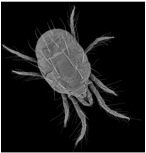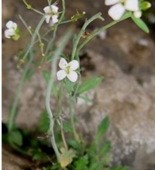Foxtail millet project in GenomeWeb Daily News
From Genomics in the Journals: “Bennetzen and colleagues from the University of Georgia, the HudsonAlpha Institute, the Department of Energy’s Joint Genome Institute, and elsewhere used Sanger sequencing complemented by high-throughput sequencing methods to generate a high-quality, 400 million base reference genome for foxtail millet. “ Read more at GenomeWeb Daily News [Read More]

